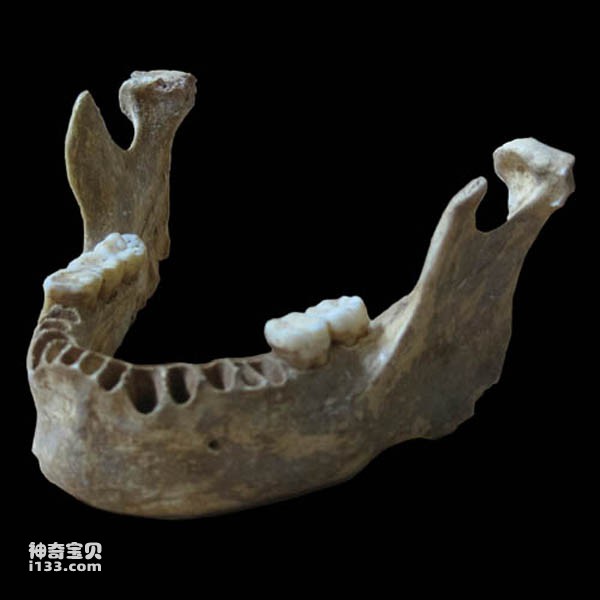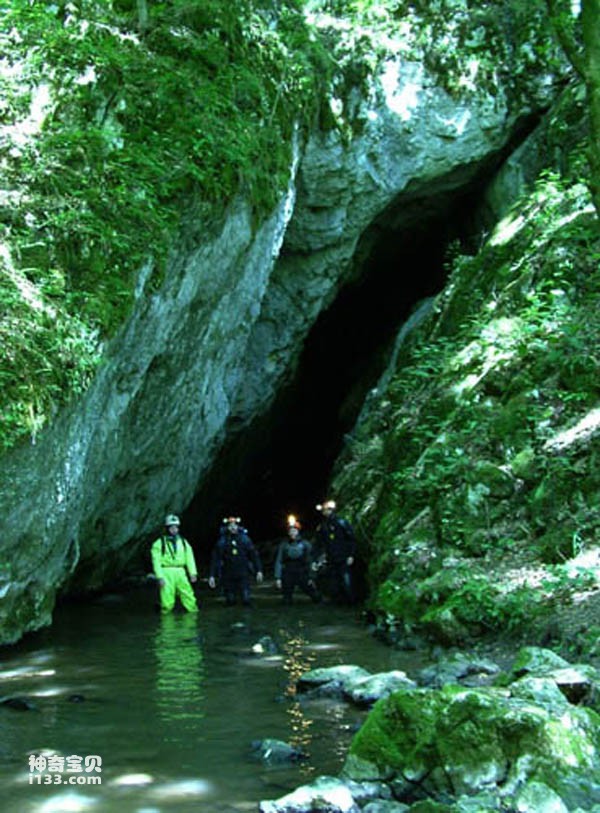Oase1, a modern human mandible discovered in a cave in Romania in 2002, has a corrected carbon 14 direct dating date of about 37,000-42,000 years ago. It is the earliest early modern mandible in Europe with direct dating. people. Fu Qiaomei, one of the main researchers of the article, pointed out that through purposeful large-region nuclear DNA enrichment experiments, we found that this modern European human about 40,000 years ago contained about 6-9% Neanderthals. Human genes exceed the Neanderthal content (1-4%) of any known early modern human genome and the genome of living Eurasians. Assessing the length distribution of Neanderthal long fragments in the Oase1 individual found that this individual's 4-6 generation ancestors had Neanderthals. In other words, one of his great-great-great-grandparents was a Neanderthal. . This genetic exchange with Neanderthals can be traced back to less than 200 years before the existence of this European individual, which means that the genetic exchange between the ancestors of modern humans and Neanderthals may not be limited to the Middle East. Perhaps the same thing happened in Europe later.
The relationship with modern human populations shows that the group represented by this European individual Oase1 is closer to the Eurasian group than Africans, but it cannot be seen that it is closer to a specific Asian, European or North Asian ancient group. In other words, the group to which they belong has the same ancestor as the common ancestor of Eurasia. To the extent that this European individual appears to have no direct descendants existing in Europe, it is likely that he was part of an early migration of modern Europeans who closely interacted with Neanderthals, but eventually became extinct.
This is an unexpected research result for many geneticists. It can be said that it is lucky for the scientific research field to be able to observe the genome of an early modern human being so closely related to Neanderthals through ancient DNA. It is also this research that allows us to have a deeper understanding of the role of ancient DNA in understanding human beings. The importance of evolutionary trees.

Figure 1 Oase1, an early modern human mandible in a cave in Romania. The corrected carbon 14 direct dating is about 37,000-42,000 years ago. It is the earliest early modern human in Europe with direct dating.

Figure 2 The cave where modern human mandible Oase1 was discovered
animal tags: DNA
We created this article in conjunction with AI technology, then made sure it was fact-checked and edited by a Animals Top editor.